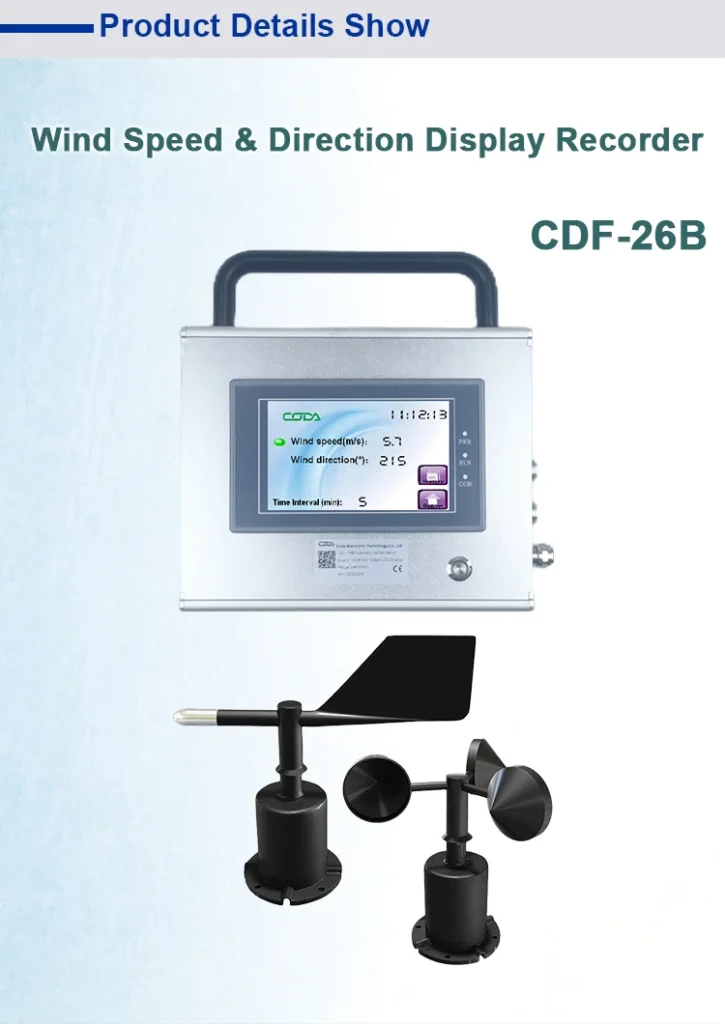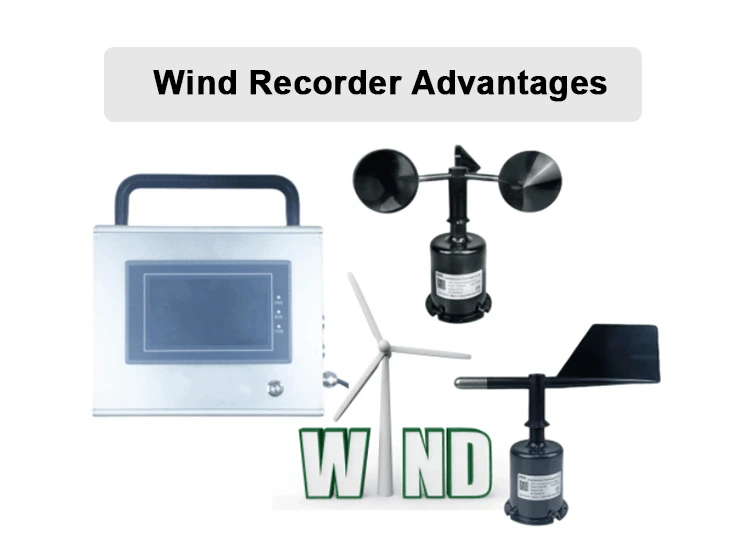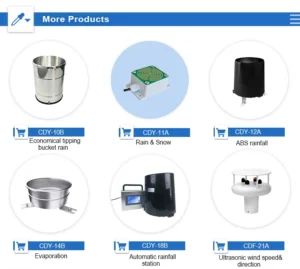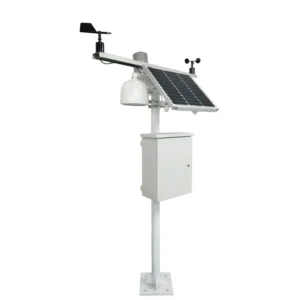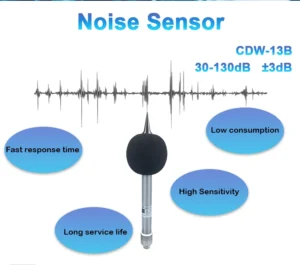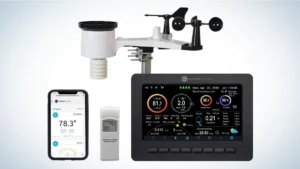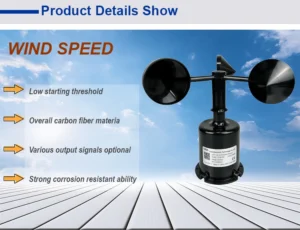How To Read Wind Barbs on a Station Model
In meteorology, station models are useful tools. They show a clear view of weather conditions in one place. Wind speed is a key part of a station model. It gives us helpful information about air movement and the chance of weather changes.
It is important for weather experts and fans to know how to read wind speed on a station model. This article will guide you through the process step by step.
1. Introduction to Station Models
A station model shows weather data from a specific weather station. It combines different types of information. This includes temperature, humidity, air pressure, cloud cover, and wind.
All of this is in one standard format. Station models are usually shown on weather maps. This helps weather experts study weather patterns in big areas. They can predict what the weather will be like in the future.
2. Components of a Station Model Related to Wind
2.1 Wind Barbs and Flags
The main visual elements for determine wind speed on a station model are wind barbs and flags. These symbols link to a line that shows which way the wind is blowing. The direction is measured from where the wind blows towards. The wind barbs and flags are placed on the side of the line opposite to where the wind comes from.
2.2 Wind Direction Indicator
Before checking the speed of the wind, know that a line from the center of the station model shows wind direction weather wind vane. The end of the line points where the wind is blowing. For example, if the line points north, the wind is blowing from the south to the north. This indicator shows where to put the wind barbs and flags.
3. Understanding Wind Speed Symbols
3.1 Basic Wind Barb Representation
A short barb representing like a small line that points into the wind. This barb shows a wind speed of 5 knots. A knot is a unit of speed. It is often used in weather and sea reports.
One knot is equal to one nautical mile per hour. This is about 1.15 miles per hour or 1.85 kilometers per hour. When you see a short barb on a station model, it means the wind is blowing at 5 knots.
3.2 Long Barbs and Their Significance
People use wind flags to show stronger wind speeds, along with barbs. A wind flag looks like a pennant. It shows a wind speed of 50 knots.
When you add a wind flag to barbs, you add their speeds together. For example, if there is one wind flag and two short barbs, the wind speed is 50 + (2 × 5). This equals 60 knots.
4. Reading Wind Speed in Practice
4.1 Example 1: Simple Case
If you look at a station model, you may see a line that shows wind direction. If the line points east, there will be two long barbs on the other side. Each long barb shows a wind gusts speed of 10 knots. To find the wind speed, just count the number of long barbs.
So, the total wind speed is 2 × 10 = 20 knots. This means the wind is blowing from the west towards the east at a speed of 20 knots.
4.2 Example 2: Complex Case
Think about a different station model where the wind comes from the southwest. You see one wind flag, one long barb, and one short barb. The rules say that the wind flag adds 50 knots. The long barb adds 10 knots. The short barb adds 5 knots.
Total wind speed is 50 + 10 + 5, which equals 65 knots. In this case, the blowing from the east to the southwest at a strong speed of 65 knots.
5. Importance of Reading Wind Speed on Station Models
5.1 Weather Forecasting
Reading wind speed on station models is key for weather forecasting. Wind helps move weather systems, form clouds, and spread rain. Meteorologists check wind speeds in different places.
This helps them guess how weather fronts will change. They can also see where storms might form. They can tell how fast the storms will go.
Strong winds from a low-pressure system can bring bad weather. This includes heavy rain, storms, or even tornadoes.
5.2 Aviation and Maritime Applications
In the aviation and maritime industries, knowing wind speed is very important. Pilots need to know the wind speed and direction when they leave and arrive. They also need this information along the flight route.
This helps them figure out fuel use, flight time, and the best ways to take off and land. Sailors use wind speed data to navigate safely. This helps them find the best route and avoid bad weather. Misreading wind speed on a station model could lead to serious problems in these high-stakes situations.
5.3 General Public Awareness
Knowing wind speed on station models is useful for everyone. It helps you plan outdoor activities like picnics, hikes, or sports. Knowing the wind speed helps you stay safe in bad weather.
You can keep outdoor furniture safe during a strong windstorm. You should also avoid high-wind areas when flying kites or using drones.
6. Tips for Accurate Reading
6.1 Familiarize Yourself with the Symbols
The first step to reading wind speed on station models is to learn the wind barb and flag symbols. You should also know their speeds. Practice finding and calculating wind speeds with different examples. Keep practicing this until you can do it fast and with confidence.
6.2 Pay Attention to Wind Direction
The wind barbs and flags show which way the wind is blowing. Always check the direction indicator again. This helps you understand the speed symbols better. Misunderstanding the wind direction can lead to wrong wind speed calculations.
6.3 Use Conversion Tools if Needed
If you use different speed units, like miles per hour or kilometers per hour, a conversion tool can help. You can find online converters or use mobile apps easily. These tools help you change wind speed from knots to your preferred unit. This makes it easier to understand the wind strength.
In conclusion, reading wind speed on a station model is a useful skill. You need to know some symbols. You should do simple math. Also need to understand the context of the data.
With practice and a clear grasp of the ideas in this article, you can learn to read wind speed on station models. This skill will help you better understand the changing weather.

